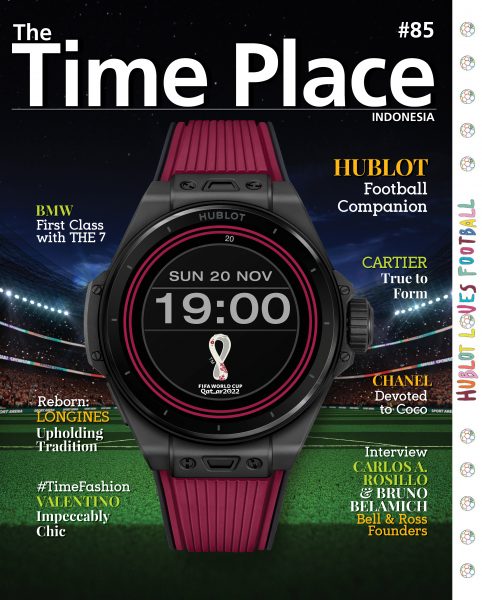Journey to The Deep: The Rolex Oyster Perpetual Deepsea Challenge
By The Time Place Magazine
Driven by its commitment to exploration, Rolex presents the Oyster Perpetual Deepsea Challenge.
While many people were glued to the space race in the ‘60s, unbeknownst to most, another meaningful exploration was being undertaken in the Mariana Trench to explore the mysteries of the deep. On 23 January 1960, oceanographer Jacques Piccard and U.S. Navy Lieutenant Don Walsh set a diving record in the Mariana Trench. The two gentlemen were accompanied by the Deep Sea Special, an experimental Rolex watch designed to resist extreme pressure. Attached to the exterior of the bathyscaphe Trieste, it reached a depth of 10,916 metres (35,824 feet).
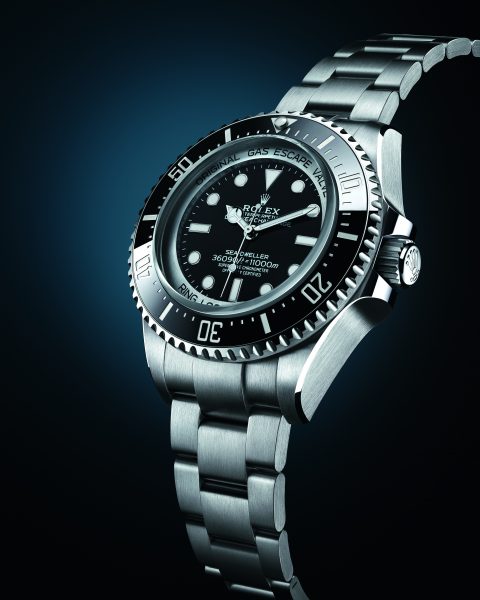
This mission, which was carried out off the island of Guam in the Pacific Ocean, provided a glimpse of the sea life that could be found in the depths of the ocean. Following the success of the endeavour, Jacques Piccard sent Rolex a telegram saying, ““Happy to announce that your watch works as well at 11,000 metres as it does on the surface.” This provided Rolex the push to support further explorations into the deep.
Fast forward to 2012, and Rolex returned to the Mariana Trench, this time in the company of renowned filmmaker James Cameron. Descending to a depth of 10,908 metres (35,787 feet), Cameron was aided by a new experimental Rolex watch – the Rolex Deepsea Challenge – which was attached to the manipulator arm of the submersible used in the foray.

Presenting a two-fold challenge for the brand, the watch was to be tested to withstand extreme theoretic pressure of 15,000 metres (49,200 feet) and 17 tonnes of pressure on the crystal, and the brand only had a short amount of time allocated for its design, development and production. Thanks to the brand’s extensive experience in underwater exploration – almost 70 years – the timepiece was successfully developed in just a matter of a few weeks and flawlessly withstood the tremendous underwater pressure during the seven-hour dive.
These two depth-defying timepieces – the one from the ‘60s, and the one that accompanied James Cameron in 2012 – paved the way for the creation of Rolex’s latest offering: the Oyster Perpetual Deepsea Challenge. Waterproof up to 11,000 metres, the Deepsea Challenge does just what its name suggests – champion the deep.
The ultimate modern diving watch, the Deepsea Challenge is crafted from RLX titanium, a grade 5 titanium alloy, particularly chosen for its lightness and resistance to deformation and corrosion. This is a direct answer to the wearability issue of the steel watch that accompanied James Cameron 11 years ago. RLX titanium was used for the case and bracelet of the new watch, making it 30% lighter than the experimental steel timepiece that inspired it. To heighten its aesthetics, the Deepsea Challenge has a particularly visible grain in the satin finish on the bracelet and middle case, with the exception of the crown guard. To further define the curvature of the lugs, the top edges have been chamfered and polished.
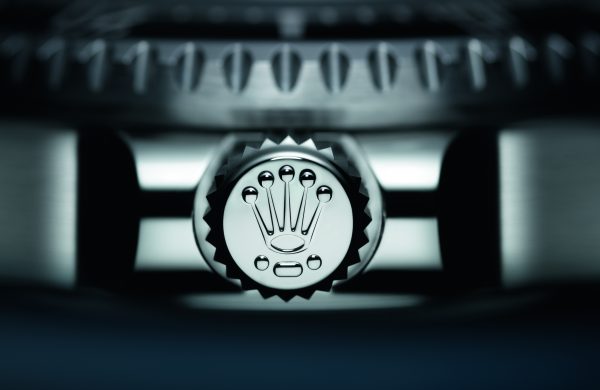
Apart from making the timepiece lighter, Rolex also equips the watch with its patented Ringlock system to protect it from the extreme pressures of the deep. The system is comprised of a reinforced case architecture, including a thick, slightly domed sapphire crystal, a nitrogen-alloyed steel compression ring, and a case back made from RLX titanium. This construction enables the Deepsea Challenge to withstand water pressure at 11,000 metres (36,090 feet), the same depth to which it is guaranteed waterproof.
To test the waterproofness of the watch, Rolex partnered with Comex (Compagnie Maritime d’Expertises) to develop an ultra-high-pressure tank. Equipped with this tank, the brand tests each Deepsea Challenge, as required by the standards for divers’ watches. On top of this, Rolex adds a 25% safety margin, meaning that the timepiece can actually withstand the pressure at depths of up to 13,750 metres (45,112 feet).
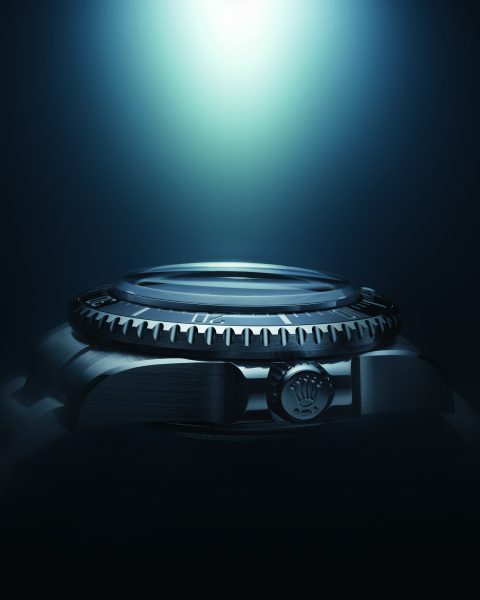
While the Deepsea Challenge is armed with extreme pressure resistance, it is also fitted with a helium escape valve to manage decompression. Created to overcome new limitations experienced by divers’ watches during saturation dives, the helium escape valve was invented and patented by Rolex in 1967. This mechanism activates automatically when the pressure inside the case is too high.
Apart from these proprietary updates, Rolex also applies its distinct watchmaking expertise in providing the Deepsea Challenge with unparalleled legibility, thanks to its Chromalight display; easy adjustment of the Oyster bracelet made of RLX titanium due to the Fliplock extension link and the Rolex Glidelock system; and reinforced waterproofness because of the Triplock winding crown. Rounding out the features is the calibre 3230, a movement entirely developed and manufactured by Rolex that was released in 2020. This calibre incorporates the patented Chronergy escapement, made of nickel-phosphorous, which combines high energy efficiency with great dependability as well as insensitivity to magnetic fields. Fitted with an optimised blue Parachrom hairspring, manufactured by Rolex in a paramagnetic alloy, the movement, thanks to its barrel architecture and efficient escapement, is equipped with a power reserve that has been extended to approximately 70 hours.
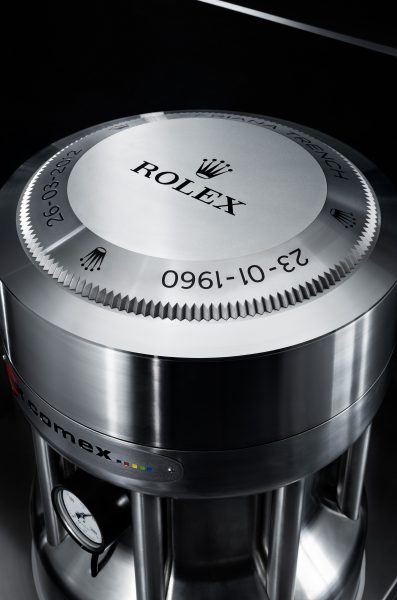
Truly made for underwater exploration, the Deepsea Challenge is covered by the Superlative Chronometer certification redefined by Rolex in 2015. This exclusive designation testifies that every watch leaving the brand’s workshops has successfully undergone a series of tests conducted by Rolex in its own laboratories and according to its own criteria.
Read the latest issue of The Time Place Magazine
for free now!
